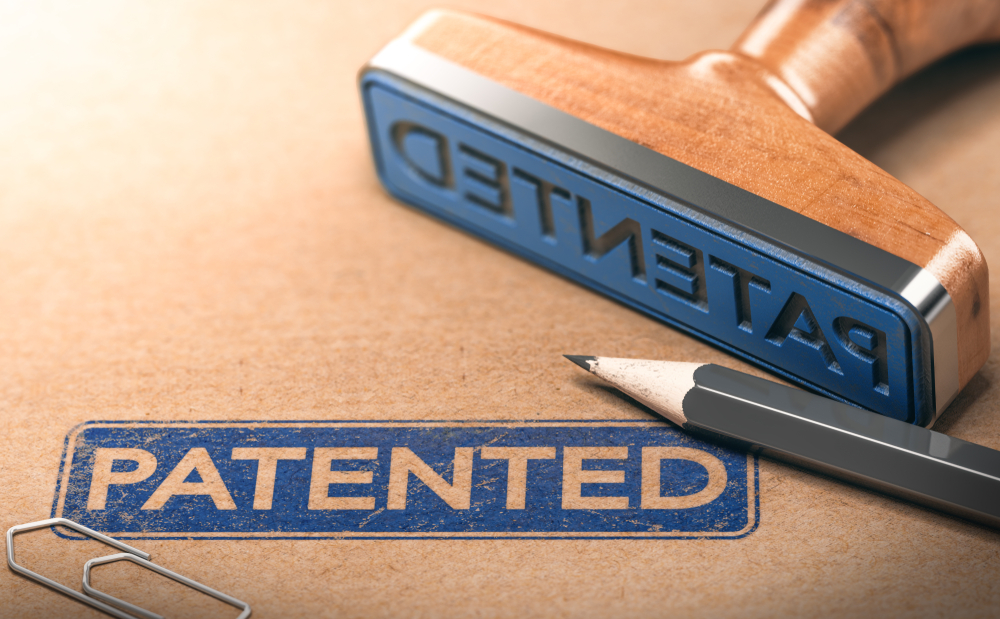Celebrating the Unseen Genius: Recognizing the Contributions of Lesser-Known Inventors
In the world of inventions and discoveries, certain names have claimed an indelible spot in our collective memory. Names such as Alexander Graham Bell, Thomas Edison, and Albert Einstein are often synonymous with innovation. However, in the shadows of these towering figures, there are lesser-known inventors whose contributions to society are equally impactful, if not more so. At Tucker Law, we believe in recognizing and protecting the rights of all inventors, regardless of the magnitude of their fame. Today, let's delve into the remarkable stories of these unsung heroes of invention. Innovation Beyond the Limelight The world we inhabit today has been sculpted by countless inventors, many of whom rarely receive the credit they deserve. For example, consider the brilliant mind of Hedy Lamarr, a Hollywood actress and an inventor. She co-developed a frequency-hopping system during World War II, a technology that forms the backbone of modern Wi-Fi and Bluetooth systems. Then there's Elijah McCoy, the African American inventor whose automatic oiling device revolutionized the locomotive industry. His invention was so successful that people started asking for 'the real McCoy,' a phrase that has now become part of our everyday lexicon. Protecting Innovations While we laud the accomplishments of these unsung inventors, it's equally important to discuss how their inventions were protected. The realm of patent law is as complex as it is crucial. At Tucker Law, we understand the importance of securing your inventions and safeguarding your intellectual property rights. Whether you're an inventor in the public eye or a lesser-known innovator, your contributions to society deserve to be recognized and protected. Innovators of the Future As we look towards the future, it's important to encourage and support the next generation of lesser-known inventors. [...]






